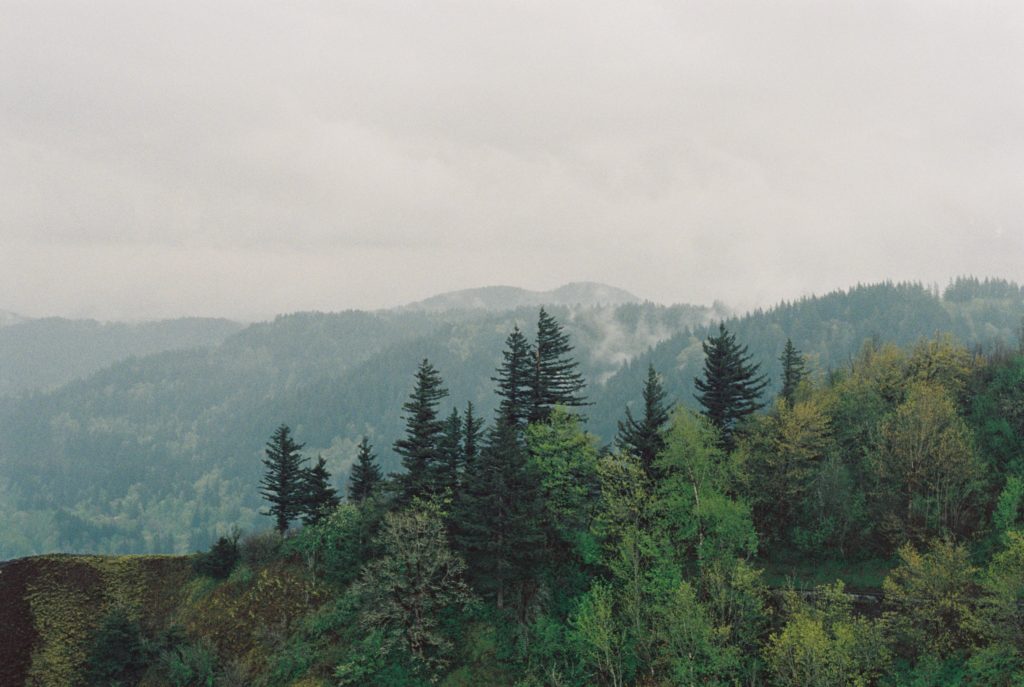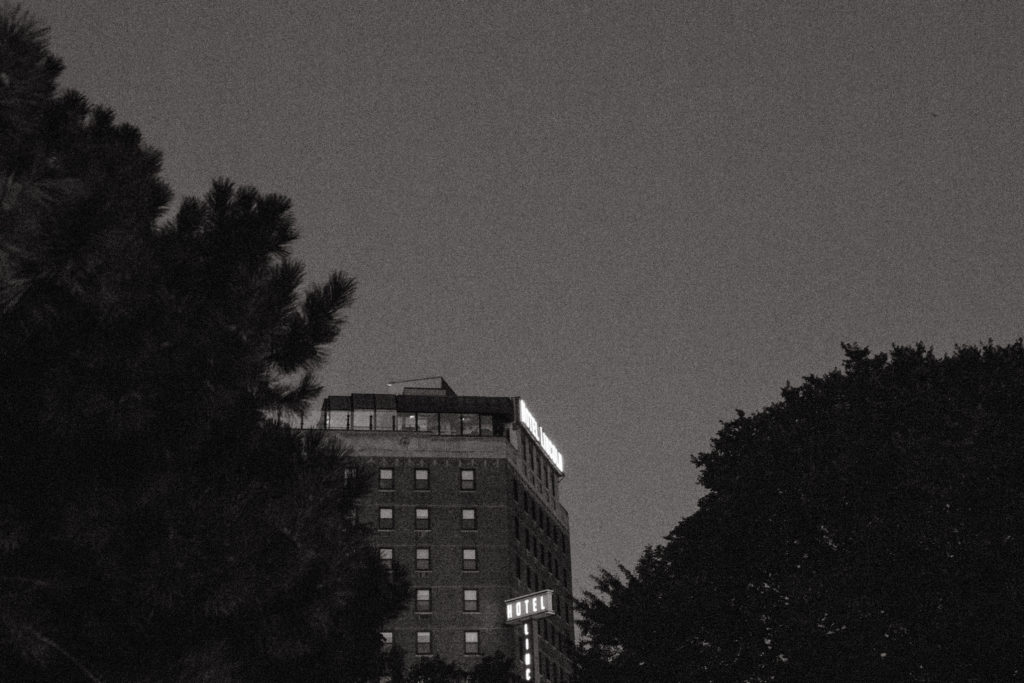
Film grain and digital noise are often used interchangeably in conversations among photographers, but there are some subtle differences between the two effects. One refers to the presence of different textures on film photos, while the other deals with scattered pixels on a digital image. Are you interested in learning more about the differences between the two? Or maybe you’re looking for ways to adjust the settings on your digital camera to avoid noisy images? In this blog, we’ll tackle both topics.
What is Film Grain?
Photographers often refer to the different variations of light and darkness in a photo that change the overall texture of the image as film grain. Sometimes this effect is deliberate, as it can add more character and depth to different scenes and pictures, giving them a timeless or “classic” feel.
Technically speaking, film grain refers to the presence of random physical textures in photographs that appear as a result of visible silver crystals in the film’s negative emulsion. Simply put, static electricity on the surface of the film causes graininess to appear in photos.
Film grain is more likely to occur in situations where there is not much lighting present. When more light hits the film’s surface, the grain becomes less apparent because the brightened areas of the image drown it out.

What is Digital Noise?
In photography, digital noise occurs when pixels are scattered all over a photo captured with a digital camera. Many consider it to be the digital counterpart to film grain because it degrades and worsens the quality of the picture.
Digital noise often happens to photographers who shoot in dimly lit settings, like nighttime photos or indoor areas with poor lighting. You might also encounter more digital noise in your pictures if you typically use slow shutter speeds or high sensitivity modes.
Usually, you’ll want to avoid digital noise as a photographer, as it tarnishes picture quality. Unwanted noise can hurt the integrity of the moment you are capturing. Thankfully, there are many ways you can avoid digital noise just by adjusting your camera’s settings.
Here are some ways to avoid digital noise:
- Opt for full-frame cameras when taking photos. Cameras with full-frame are an ideal choice for situations with limited or low lighting since they are able to capture more light.
- Avoid shooting in JPEG. If you’re using a DSLR or digital camera, choose to shoot in RAW instead of JPEG. JPEGs may be convenient because their smaller file size makes them easier to transfer, but RAW can capture more information in a single image.
- Go for low ISO. Whenever possible, set your ISO to a lower setting. Higher sensitivity generally increases digital noise.
- Avoid long exposures. Long exposures can cause the sensor to heat up more. If the sensor overheats, this can cause color noise in your photos.
- Use a lower aperture. Lower aperture settings enable more light to enter the camera, making it an ideal setting for low light shooting and dimly lit rooms.

What’s the Difference Between Film Grain and Digital Noise?
The primary difference between film grain and digital noise is that one refers to random textures on a film photo, while the latter refers to scattered pixels across a digital image. Both film grain and digital noise occur when shooting in low lighting. In either scenario, there are ways to avoid disrupting the integrity of your photographs, such as using lower aperture settings in dimly lit areas or avoiding long exposures to prevent the camera’s sensor from overheating.
Another key difference is that some photographers try to avoid digital noise, while others strategically use film grain. The graininess often gives photos taken on film cameras a different personality and flair that can be hard to capture on their digital counterparts. Many argue that the grain gives their film photos a timeless look that’s difficult to replicate digitally.
Closing Thoughts
While film grain and digital noise are tossed around interchangeably, you’ll find that there are actually some slight differences between the two terms. Simply put, one refers to film cameras, while the other applies to digital cameras. Additionally, many photographers look at film grain in a positive light and will use it to give certain scenes a “classic” feel. The same can’t be said about digital noise.
What scenes do you think look better with film grain? For more photography tips and photo shoots, check out the rest of my blog.
